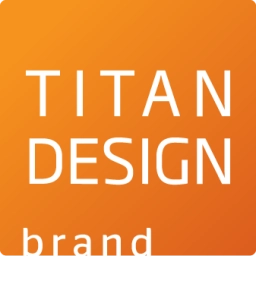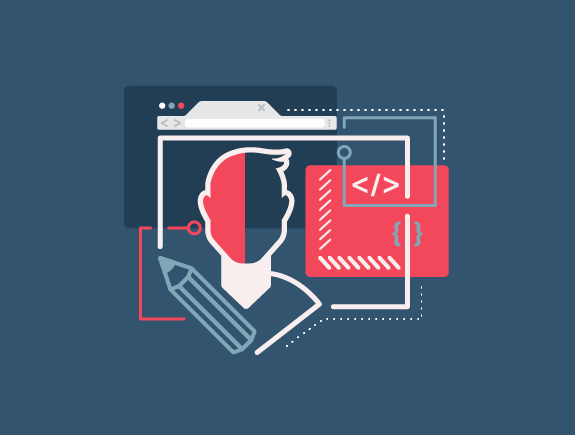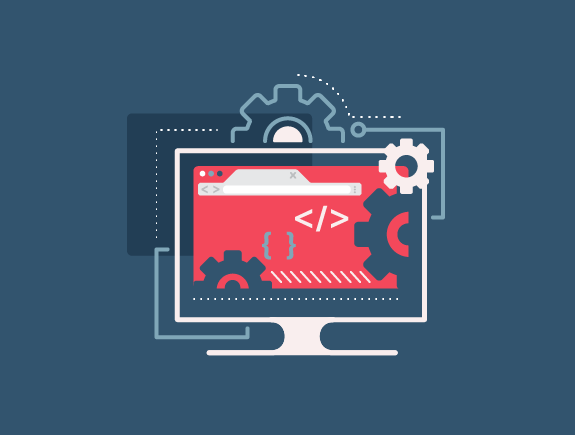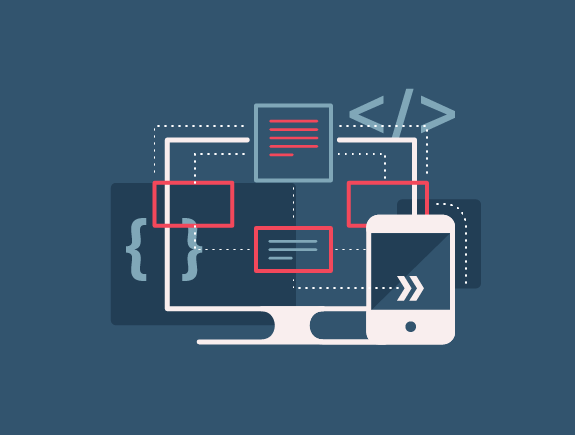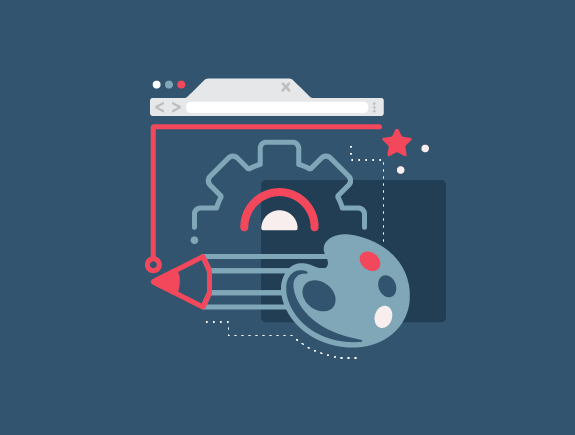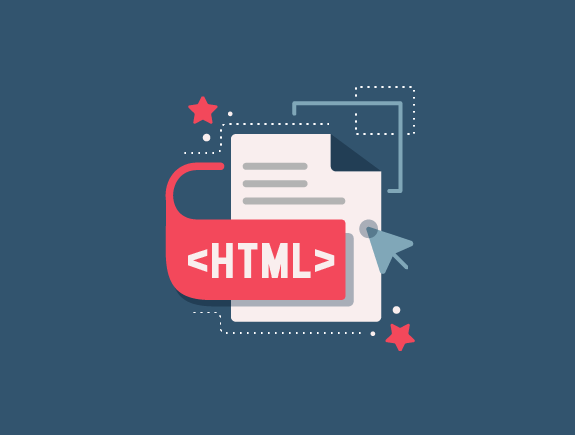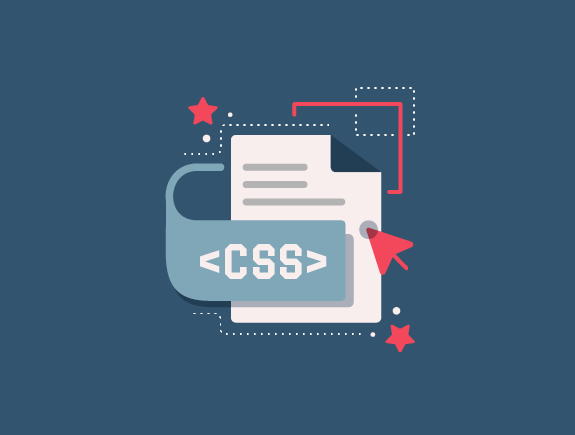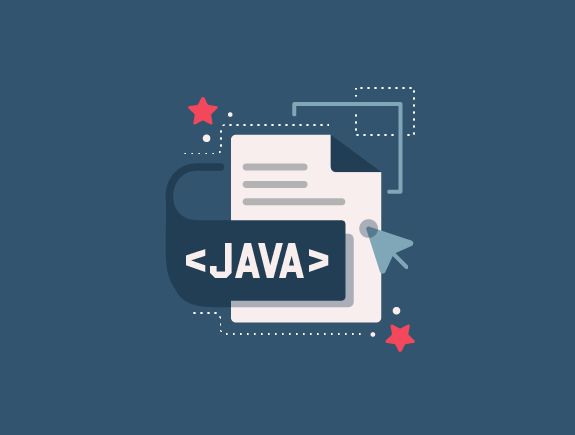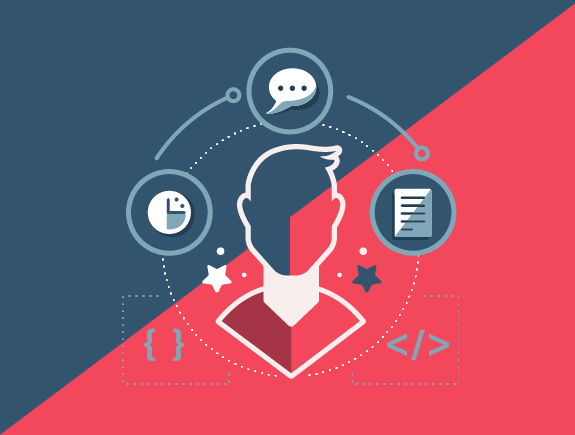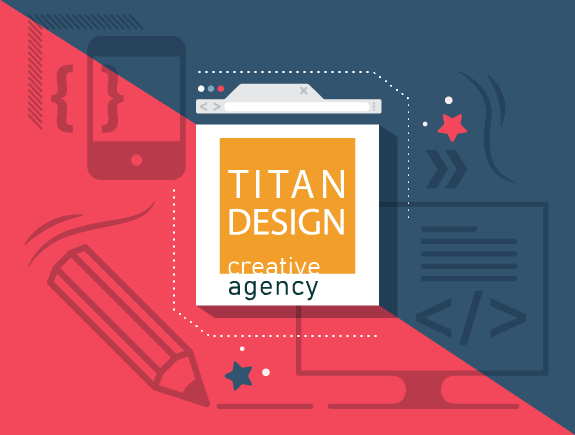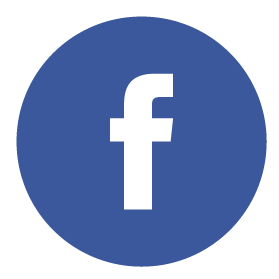Web designers have a complex job because it demands a whole set of skills from different areas helping in the realization of website development, not only in terms of aesthetics but functionality as well. It is well known that both creativity and an analytical mind are welcome in the tech industry. To have an extensive overview of the website development process, both brain hemispheres are needed to cover creative and analytical processes. The goal of this blog post is to emphasize the technical and creative skills needed.
If you have doubts, wondering if you need a web designer, about the role of a web designer, and the way it can support your business, you could find the following text useful – 5 reasons why you need a web designer, before you continue reading this blog post.
Technical skills
Let’s go through the most important technical skills a professional web designer should have.
1.Visual Design
If we say web design assumes a comprehensive knowledge of design, it might sound like a general statement, but we are not sure if everyone understands the meaning of this statement. Web design is in fact a big part of what we call visual design. Visual designers solve design problems and make decisions regarding the visual identity of a brand, they literally breathe life into brands and are responsible for each detail of the visual presentation of the company.
A web designer should be proficient in basic design principles that dictate the look of the site and the frame of possible directions in creating each individual element. They are crucial as they are responsible for determining proportions, set of elements, typography, color palettes, and color matching. To make sure everything is under control during the website development process, designers are experimenting with different fonts, colors, create mood boards, etc.
2.UX (User Experience)
Simply put, UX or user experience is how we feel when navigating a website. Are we relaxed because we get the valuable information without disruptions, or frustrated because we are not able to find a product or info we’re searching for, or trying to schedule/book but without success. Designers are at home with users-perspective, they understand what a good UX is, hence motivated to create the best possible website.
To maximize the UX, first of all, a designer has to meet the “buyer persona” (if you are not familiar with this term, you can find it in our content writing dictionary) and the whole funnel the buyer persona goes, from social media to the website, or from Google to blog page on the site. After understanding the whole funnel, only then the basics can be established, like a site map. The next step is working on details, for example, putting certain textboxes or any functionality exactly at the place the site visitor will spot them and click on them.
3.Design Software
In order to deal with the job, a web designer has to be versed in certain tools. Before arriving at a WordPress stage or any other platform where the site is built, it is required to start Adobe programs (Photoshop, Illustrator, etc.) where a designer can create visuals for the site, retouch the images and prepare them for a homepage or webshop.
To learn more about this set of skills, you can read our text The best tools and applications for graphic design in 2021. This text will provide an insight into the most used tools that every designer should use to make the process of creating a website easy.
4.HTML
Did you know a web designer has to be on speaking terms with coding? Nowadays, this is one of the points on a list of demands for most designers. Their expertise when it comes to coding doesn’t have to be proficient, but still, they should be familiar with it. HTML is a type of descriptive language, it is not a programming language, and its purpose is to mark the hypertext and organize the content, words, titles, subtitles, and footer in a predetermined order. It also organizes the images, videos, and graphic elements. To summarize, HTML is also one of the “a must” skills.
5.CSS (Cascading Style Sheets)
CSS and HTML always go together. CSS is a type of code for organizing a website, and it decides on the HTML formatting for each page. In short, thanks to CSS, the website content looks nice on the site and appealing to site visitors. CSS is used for changing the background, fonts, adjusting colors, etc. This is the point where a designer can show its creativity, sense of detail because these details shape the personal and unique style of each designer.
5.CSS (Cascading Style Sheets)
CSS and HTML always go together. CSS is a type of code for organizing a website, and it decides on the HTML formatting for each page. In short, thanks to CSS, the website content looks nice on the site and appealing to site visitors. CSS is used for changing the background, fonts, adjusting colors, etc. This is the point where a designer can show its creativity, sense of detail because these details shape the personal and unique style of each designer.
Inevitable “soft” skills
These skills are inevitable in everyday life and a great addition to technical skills. Sooner or later each web designer has the opportunity to learn and use these skills. Better sooner than later:
- Time control skill – organizing projects and schedule in applications, usually available for free. We personally love Asana, but there are more similar platforms and the choice is up to you.
- Clear communication – everyday client communication should be as clear as possible, so the designer has black-on-white in terms of expectations. Make sure you send regular reports about the work progress during a project, so the client knows you’re working hard and stick to deadlines.
- A web designer should be in the know about the SEO basics, especially when it comes to the technical part of the process because many clients will set expectations related to SEO criteria, so the website can position well on search engines.
Titan Design aims to produce top-notch design solutions for its clients
To make the first meeting with us easy for you, we wrote a text, addressed to our potential clients about the 5 questions for the clients before we start with web design. Please, check the questions so you can prepare for our meeting, and contact us to book the meeting. In case you would like to learn about other services we provide apart from web design, you can get all the info on our site, where you can see our successful graphic design, digital marketing, and content writing projects.
